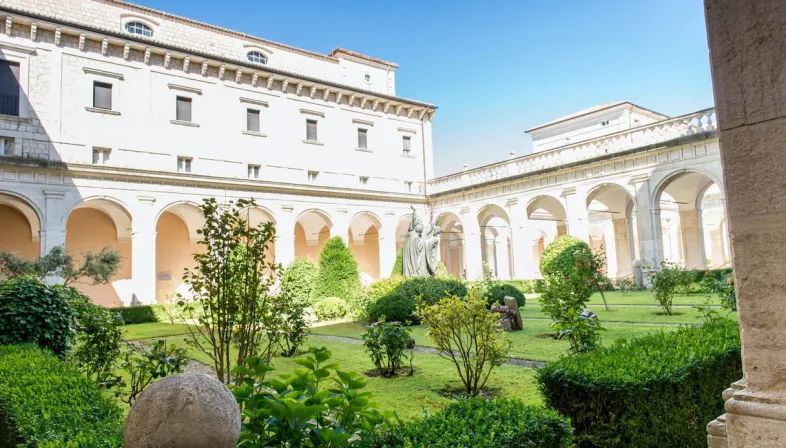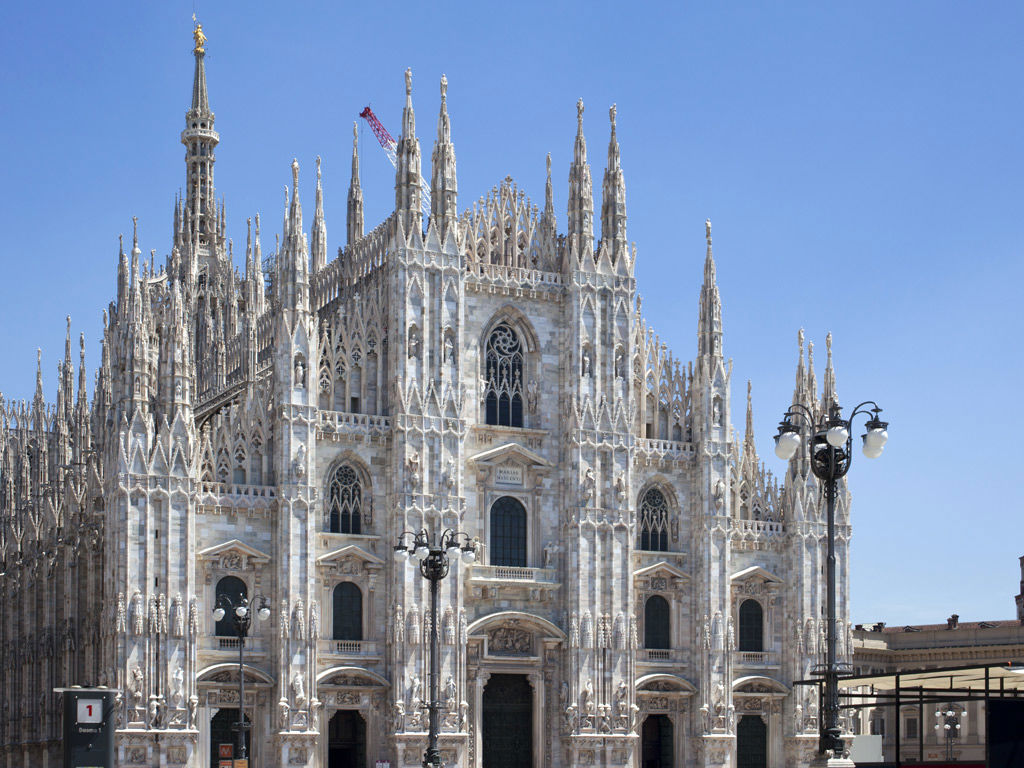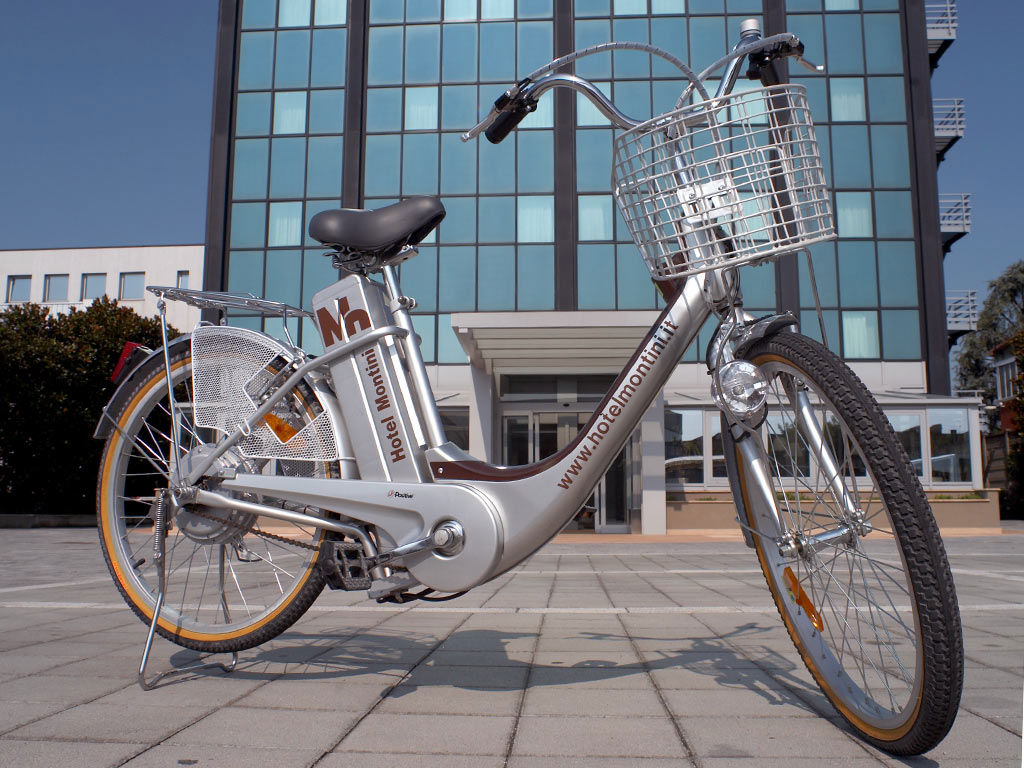The following websites (hereinafter, “Sites”)
- blastnessbooking.com
- hotelmontini.com
use cookies (“Cookies”). Below you can find more information about cookies, how they are used on the Sites and which control procedures we adopt with respect to the cookies themselves. Through our banner, you may consent to the use of cookies different from technical cookies, in accordance with this statement. If you do not agree to the use of cookies, please disable them by following the instructions below in this statement.
1. WHAT ARE COOKIES?
Cookies consist of small text files which are sent on your electronic device (PC, tablet, smartphone, etc.) while browsing a website. Cookies are then sent back to the original website during each subsequent navigation or are sent to a different website that is able to recognize that specific cookie.
Cookies act as a memory for a website allowing the website to recognize your device at every subsequent visit to that same website. Cookies also allow you to store your browsing preferences by offering you a more functional experience of the Sites and making the content of the Site as personalized as possible.
Web browsers allow you to exercise some control over cookies through your browser settings. Most browsers allow you to block Cookies or block Cookies from certain sites. Browsers can also help you delete cookies when you close your browser. However, you should keep in mind that this could mean that any opt-outs or preferences you have set on the Sites will be lost. Please refer to your browser's technical information for instructions. If you choose to disable the Cookies setting or refuse to accept a Cookies, some parts of the service may not work properly or may be significantly slower.
2. TYPES OF COOKIES AND PURPOSES
Cookies can be technical, statistical/analytics or marketing. In particular:
- technical cookies used by our Sites are used to make possible and facilitate your browsing and to provide you and allow you to use the services of the Sites.
- statistical/analytics cookies are used to analyze and monitor the way you use the Sites (e.g. number of accesses and pages viewed), for statistical purposes and to allow us to make improvements to the Sites in terms of operation and navigation.
- marketing and profiling cookies are used to analyze your online behavior to provide you with targeted advertising according to your preferences.
The provision of data, with the exception of those told through technical cookies, is optional.
3. HOW TO CONTROL AND DELETE COOKIES
You can authorize the use of different categories of cookies through the Banner. In particular, to consent to the installation of all categories of cookies, click on "Accept all cookies"; to select specific cookie categories, change your selections or access the "cookie information" details, click on "Select cookies"; you can close the banner by clicking on "x" to refuse the installation of cookies other than technical cookies. To unfold the banner again and change your preferences, click on "Cookies" in the footer of the website and the booking web page.
You may also deactivate cookies at any time by manually changing your browser configuration and following the instructions in the cookie manager's policy.
How to disable Cookies (if you disable technical Cookies you may not be able to use some features of the Sites):
If you are using a web browser that is not listed above, please refer to your browser's documentation or online help for more information. We would also like to point out that the Owner acts merely as a technical intermediary for the links contained in this document and cannot assume any responsibility in the event of any change.
You will find more information on Cookies, including how you can understand what Cookies have set on your device, and how you can manage and delete them, by accessing the following link www.aboutcookies.org.
For more information on the use of personal data by Google, access the following link: https://policies.google.com/technologies/partner-sites.
For information on: means of processing of your personal data, recipient of your personal data, your right and how to exercise them, identity and contact details of data controller and of the data protection officer, where appointed, or for any other information on the processing of your personal data, please read our Privacy Policy here.
4. OTHER TOOLS IMPLEMENTED ON WEBSITES
Other tools may be implemented on the Sites in the form of APIs, the use of which involves the processing of personal data (e.g. Google Fonts, Adobe Fonts or Font Awesome) and is necessary for the proper functioning of the Sites. The use of these tools is carried out in compliance with the principles on the protection of personal data and their installation is subject to consent in the same form and manner as cookies where their purpose is to track and monitor the user's online behaviour for purposes other than the provision of Sites









